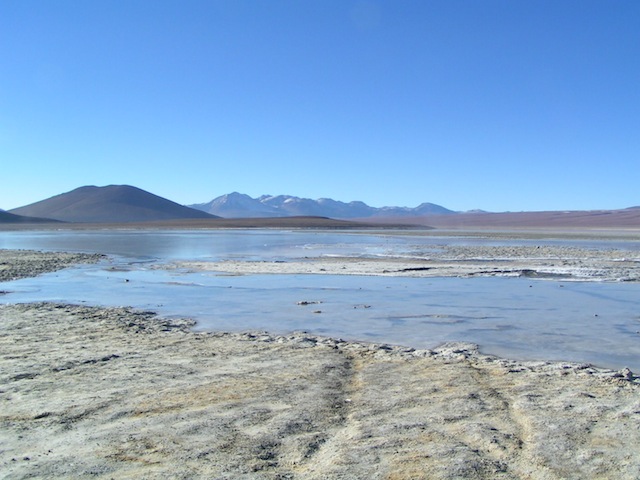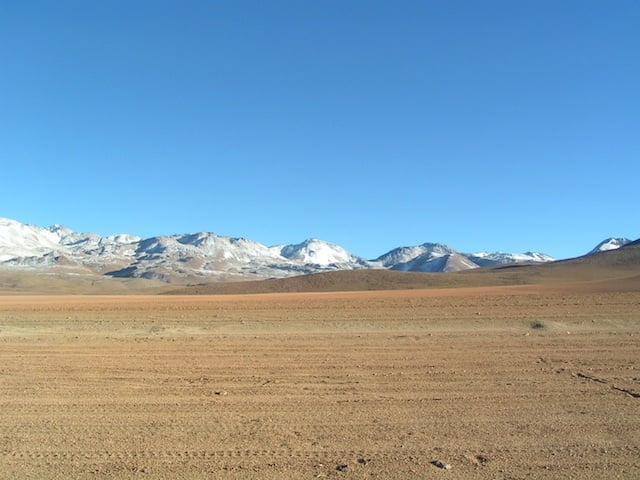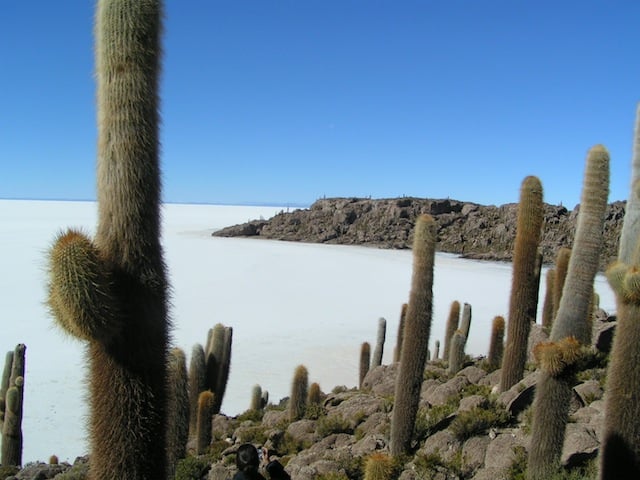
Bolivia’s Soleli Desert, which you’ll cross to get to the Uyuni Salt Flats
I feel Bolivia’s Salar de Uyuni (salt flats) deserves a little more recognition than it currently gets. After all, Salar de Uyuni is the largest salt flat in the world and also the largest natural mirror on Earth. The Salar de Uyuni is easily one of the main reasons I wanted to visit Bolivia, aside of course from doing Bolivia’s infamous “Death Road”, which is probably one of the most daring things I’ve ever done on vacation.
Seeing Bolivia’s famous salt flats was my main reason to visit Bolivia for a second time. I wanted to explore the south of the country — where the salt flats are located — and also the town of Tupiza, which is a stunning place. Tupiza is located near the border with northern Argentina and reminded me a lot of Utah’s Monument Valley because of the pretty red rock canyons.
What To Expect
The Salar de Uyuni tour experience is pretty straight forward and I had the option to choose from doing a one, two or three day tour. I opted for the three-day excursion because I knew there would be tons of things to do there besides taking pictures of the salts. Experiences I had during the tour of the salt flats included taking fun pictures and photographs of the sunset, visiting the geysers, the lakes and watching the flamingos. I also got a chance to take a dip into a thermal bath, which was really relaxing and rejuvenating.

Salar de Uyuni
A three day tour is around $170 USD but you can expect to pay anything between $100 and $200. There are dozens of tour operators to choose from, but all pretty much have similar offerings for tours of the Salar. You can organize this tour from the town of Uyuni, Potosi and even Sucre.

Soleli Desert

Uyuni Salt Flats
When To Visit
I would suggest you try to visit Bolivia’s salt flats during the dry season (May through November) to avoid the rain but do it early or late in the season. When I was looking at travel dates, I noticed prices were cheaper in late April and early October than in mid season like June/July.
There are special events taking place on July 11 and March 1-2, which is Bolivia’s famous Oruro Carnival.
Post contributed by James Jones who is a writer and an intrepid adventurer who enjoys sharing his travel experiences with everyone.

Jessica Festa is the editor of the travel sites Jessie on a Journey (http://jessieonajourney.com) and Epicure & Culture (http://epicureandculture.com). Along with blogging at We Blog The World, her byline has appeared in publications like Huffington Post, Gadling, Fodor’s, Travel + Escape, Matador, Viator, The Culture-Ist and many others. After getting her BA/MA in Communication from the State University of New York at Albany, she realized she wasn’t really to stop backpacking and made travel her full time job. Some of her most memorable experiences include studying abroad in Sydney, teaching English in Thailand, doing orphanage work in Ghana, hiking her way through South America and traveling solo through Europe. She has a passion for backpacking, adventure, hiking, wine and getting off the beaten path.








